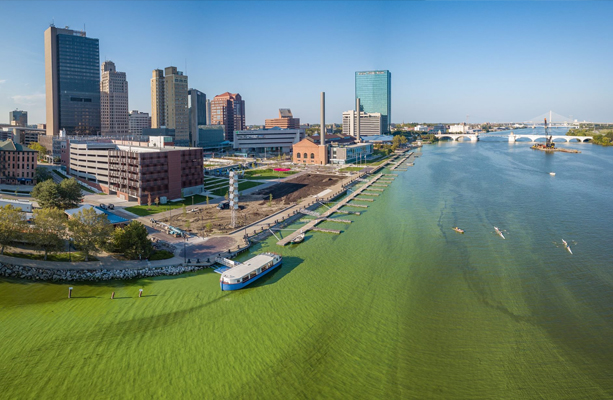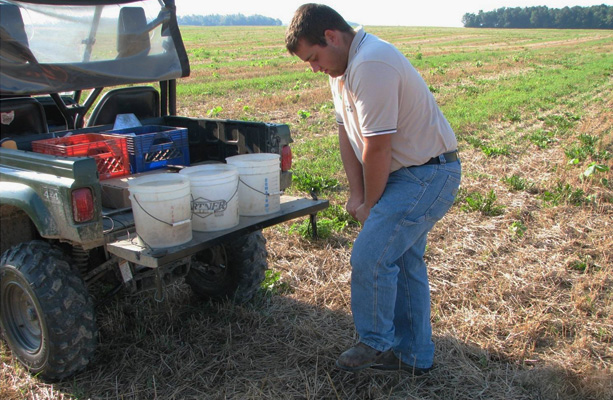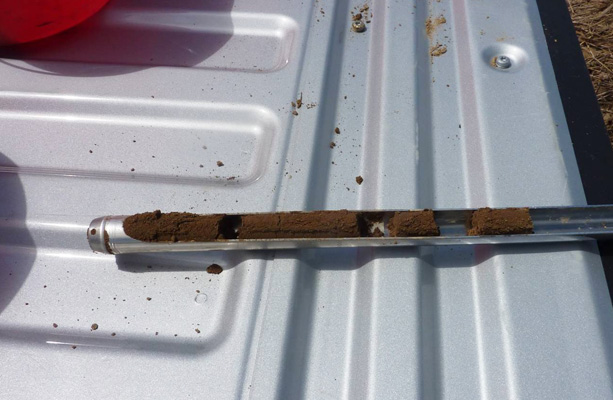Sounding the Alarm on Dissolved Reactive Phosphorus
Developing a Toolbox to Reduce Dissolved Reactive Phosphorus from Farms
- By admin_glpf
Nothing makes headlines like residents who are told not to drink the water from their taps. The Toledo water crisis in 2014 and the “Lake Erie is Dead” declaration in the 1960s are of the same problem—too many nutrients in the water.
Nutrients like phosphorous, commonly used to fertilize crops, will also fertilize aquatic algae and cause it to bloom when found in excessive amounts. When these algae die and decay, they deplete the water’s supply of available oxygen, harming all other oxygen-loving life in the water system. Conditions in Lake Erie in the summer of 2014 created a massive algae bloom that caused unsafe water for 500,000 residents of Toledo and the surrounding areas.

“There was $88 million of lost value from phosphorus pollution in one year, $16 an acre for every acre in [the Maumee and Sandusky River watersheds in Ohio]. That generally brings a pretty big gasp from people when you say that.”
- Pete Richards, Former Senior Research Scientist at Heidelberg’s National Center for Water Quality Research
The team led by David Baker, now professor emeritus at Heidelberg, worked with hundreds of people representing all members of the ag supply chain to develop the largest soil data sets on the topic of phosphorus stratification (including analysis of 4,270 soil samples). They were among the first to understand that most DRP accumulates in the top two inches of soil.


“The traditional soil testing farmers used to evaluate the need for fertilizer application looked at a zero-to-eight inch column of soil. However, from an environmental standpoint, the most critical part of the soil is the top zero-to-one inch or zero-to-two inch,” said Baker.
“We found that when we looked at a zero-to-two inch soil profile and compared with a zero-to-eight inch soil profile, there was a much higher concentration of phosphorus in the surface.”
- David Baker, Professor Emeritus, Heidelberg University
—
Start a Conversation
At the Fund, our goal is to build something—together—that delivers impact. You have an idea and a strategy in mind and we have a basin-wide perspective and experience launching new initiatives. We strongly encourage you to contact us to discuss an idea, whether fully formed or not, as a first step.
Email us at startaconversation@glpf.org